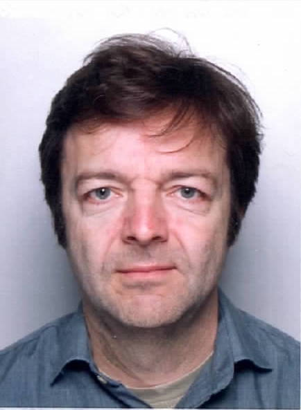报告人:Daniel Hestroffer(法国巴黎天文台 教授)
时间:2025年7月25日(周五) 9:30-11:00
地点:测绘馆206报告厅
报告简介:
Science of the Solar System has progressed enormously with the Space Exploration age. During the last decades, space telescopes and space missions have been surveying or visiting a large part of our Solar System, including planets, moons, and dwarf planets, and also small bodies (such as asteroids, comets, irregular satellites, near-Earth or trans-Neptunian objects, etc.).
Asteroids, and other small bodies, are of interest in planetary science and in planetary defence, without mentioning possible planetary resources: They are of high scientific interest, because of their pristine nature, making them good tracers of the formation and the evolution of our Solar system over billions of years. They are also of societal interest in planetary defence, because some near-Earth asteroids — classified as potentially hazardous asteroids — are threatening to impact the Earth, with a broad range of possible consequences.
Planetary exploration with a deep-space mission remains limited to a few number of objects, among which only a dozen of small bodies over the million of known ones and billion remaining to be discovered. Moreover, each target visited has revealed surprises and unexpected features, opening many other questions on their formation, origin or presence, and showing that our modellings from ground-based telescopic observations were incomplete. I will review some general aspects of our knowledge on these small bodies, and what observations with satellites (interplanetary, or not) do bring to their studies. I will focus on the potential of future mission with Cubesats or nano-satellites to achieve new goals in planetary science and planetary defence.
报告人简介:
Pr. Daniel Hestroffer, engineer degree from the ENSAM college, PhD (in astronomy, celestial mechanics and space geodesy, 1994), is a senior astronomer at the Laboratoire Temps Espace (LTE) from Paris observatory (France). He joined the Paris observatory after post-doctoral experiences at ESA/ESTEC (The Netherlands) and Turin observatory (OATo, Italy). He has been deputy director of the Astronomy teaching department at Paris observatory, director of the IMCCE institute, and president of the IAU Division on Fundamental astronomy; he is presently director of the CENSUS space pole for nanosatellites from PSL university.
Specialist in space astrometry and dynamical planetology of small Solar System bodies (asteroids, irregular satellites, TNOs, comets, binaries, ...), he is member of the International Astronomical union IAU and several societies in astronomy and planetary science. He is the PI of the Birdy nanosatellite developed at CENSUS/Paris observatory, a deep space nanosat concept for reconnaissance or exploration of small Solar System bodies. He participated to the Hipparcos space mission data reduction and analysis, and several observation programmes of Solar System Objects from space and ground. He is now actively involved in the ESA Gaia survey space mission.